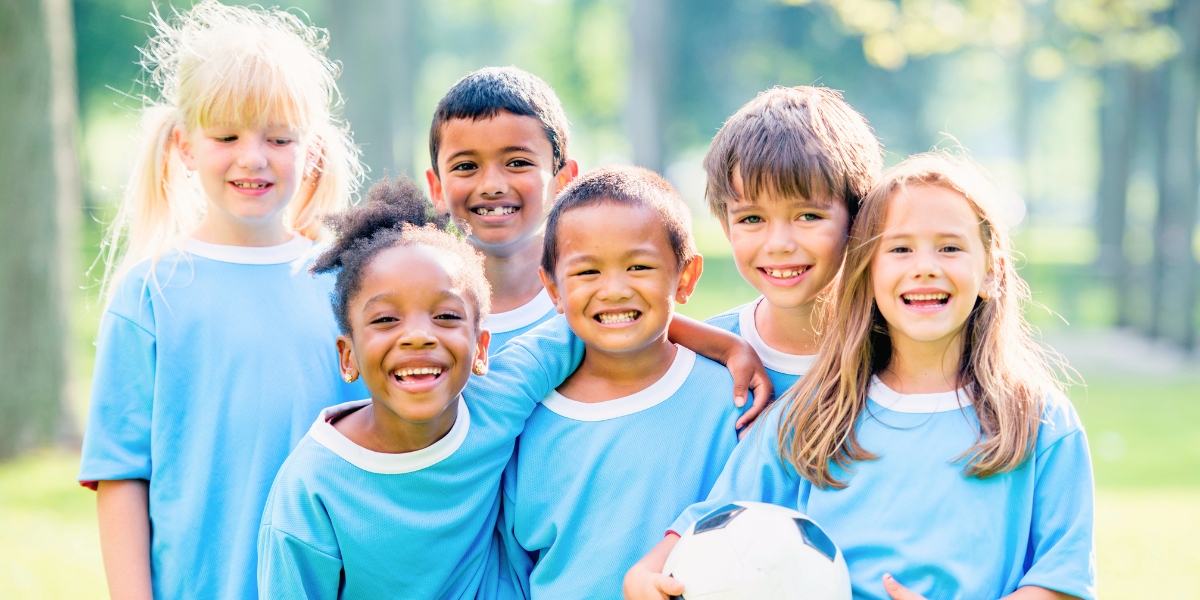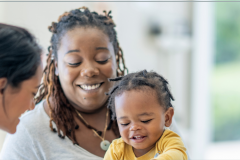
Dr. Shelina Babul, one of Canada’s foremost concussion experts, is working tirelessly to ensure that parents, educators, coaches, health-care providers, and youth know how to recognize and manage concussions. As the creator of the Concussion Awareness Training Tool (CATT), a game-changing resource used across Canada and beyond, Dr. Babul is transforming the way we think about — and respond to — concussions in children and teens.
In this Q&A, adapted from the Best Lives podcast episode called, “Kids and concussion: What every parent, coach, and health-care professional should know,” Dr. Babul clears up common misconceptions about concussions, discusses how to recognize concussion symptoms, and shares the importance of early action and appropriate follow-up care in protecting a child’s developing brain.
What is a concussion, and why are children and youth especially vulnerable to them?
A concussion is caused by rapid movement — acceleration, deceleration, or rotation — of the brain inside the skull. It often results from a blow to the head or body that causes a whiplash-like motion. This movement can disrupt the brain’s neurons — its wiring — causing a wide range of symptoms. I like to use the analogy of an earthquake: just as fractures in roads stop cars from moving, disrupted neurons in the brain prevent information from flowing normally.
Children and youth are particularly at risk for concussion and poor concussion outcomes because their brains are still developing and continue to grow until around the age of 18. Their skulls are thinner and their neck muscles are not very strong. This means their brains move around more inside the skull, resulting in more tearing of neurons as a result of a head injury. Additionally, pediatric patients tend to take longer to recover from a concussion due to this neurological immaturity.
Is it true that a concussion is a form of traumatic brain injury?
Yes, it is. There’s a longstanding misconception that concussions aren’t serious — that it’s just “getting your bell rung.” But a concussion is indeed a traumatic brain injury or TBI. While we often refer to it as a “mild” TBI, that doesn’t mean the effects are always minor. Some children experience long-term consequences like headaches, mood changes, or cognitive difficulties. It’s crucial that we properly recognize and manage concussions to reduce the chance of long-term effects.

What inspired you to develop the Concussion Awareness Training Tool?
Back in 2010 and 2011, I started receiving more calls from parents and caregivers wondering what to do when they suspect their child has a concussion. Parents would say things like, “We saw a doctor right after the incident, but now my child is throwing up, so what should we do?” or, “The teacher doesn’t believe my child can’t focus on a test and is using a concussion as an excuse.” There was clearly a gap in credible, accessible concussion information and a general lack of understanding.
My research team and I conducted an international scan and found very few evidence-based resources. Good resources that were available usually had a cost attached. So we decided to create a free, reliable tool for anyone, anywhere. We also conducted focus groups with physicians, teachers, parents, athletes, and youth to tailor the content. The Concussion Awareness Training Tool — CATT — was launched in 2013 to meet those diverse needs.
Why is it important to tailor concussion education to these different audiences?
When it comes to concussions, what you need to know depends on who you are. For example, doctors need to know how to diagnose and manage concussions using the latest evidence. Teachers need guidance on how to best support a student’s return to learning. Youth need to understand when to seek help for a possible concussion. We currently offer eight different CATT modules designed for specific audiences that address their unique roles in concussion prevention, recognition, and recovery — all free and available in English and French.
Your research found that many children and youth don’t get follow-up care after a concussion diagnosis. Why is this a concern?
A follow-up visit with a health-care provider ensures the child is recovering properly, their symptoms are being managed, and they receive a personalized plan to return to activities. Without that check-in, persistent symptoms might go unnoticed. Worse, if a child returns to certain physical activities too soon, they are three times more likely to experience a second concussion — potentially more severe and with more symptoms. That risk jumps to nine times if the second concussion goes unrecognized. Tragically, that can lead to serious injury or even death, as in the case of Rowan Stringer, a high school athlete who died in 2013. Stringer passed away as the result of second impact syndrome, a condition caused by sustaining a serious head injury before a previous concussion has had the chance to fully heal.
We often hear about concussions in the context of sports. Are most concussions actually sport-related?
Only about half of all pediatric concussions are related to sports. Concussions can occur from many everyday activities, such as falling off your bike or falling during play. They can also happen as the result of a car crash, or any incident that results in your head accelerating and decelerating rapidly. It’s important for parents and caregivers to understand this, so they don’t overlook a head injury just because it didn’t happen during a sports game.
What are some concussion symptoms that parents and guardians should watch for?
Watch for headache, nausea, light or noise sensitivity, confusion, sleeping too much or not enough, and appetite changes. More serious signs — like vomiting, a worsening headache, slurred speech, or loss of consciousness — require immediate emergency care.
Also, symptoms can appear gradually, sometimes up to 48 hours after the injury occurred. That’s why it’s so important not to return to activities too soon, even if the child or teen seems okay.

You recently studied how the CATT for Youth impacts high school students’ knowledge of concussions. What did you find?
We found that many youth didn’t understand how serious concussions can be. They often avoided reporting symptoms out of fear of being benched or missing out on social activities. CATT for Youth is designed to change that. It uses real stories from other teens who’ve had concussions, which helps normalize the experience and encourage early reporting. We want to shift the mindset from “it won’t happen to me,” to “now I know what to look for and when I should tell someone!”
What excites you most about where concussion research is headed?
Concussion research has come a long way in the last decade and continues to advance. For example, there’s amazing work happening in neuroimaging and blood biomarker research. While concussions are currently diagnosed based on presenting symptoms, balance testing, and cognitive testing, there’s no diagnostic tool for concussions. I have colleagues who are exploring whether a simple blood test can detect a concussion.
There’s still so much to learn about the brain and why each individual responds differently to a concussion. I’m excited to see where the research takes us next.
How does your research help children live their best lives?
Your brain is your information highway — essential for everything you do. It’s delicate, irreplaceable, and needs to be protected. My team’s goal is to make sure kids aren’t sidelined long-term by something that could have been managed with early recognition and the right treatment. We want children and youth to be empowered and supported to take care of their health — so they can truly live their best lives.




